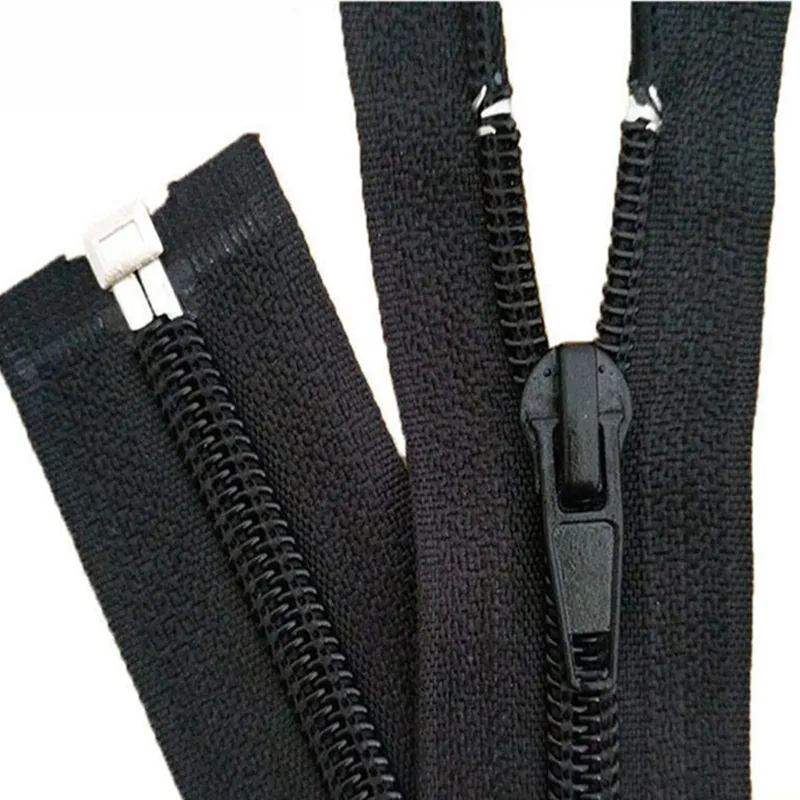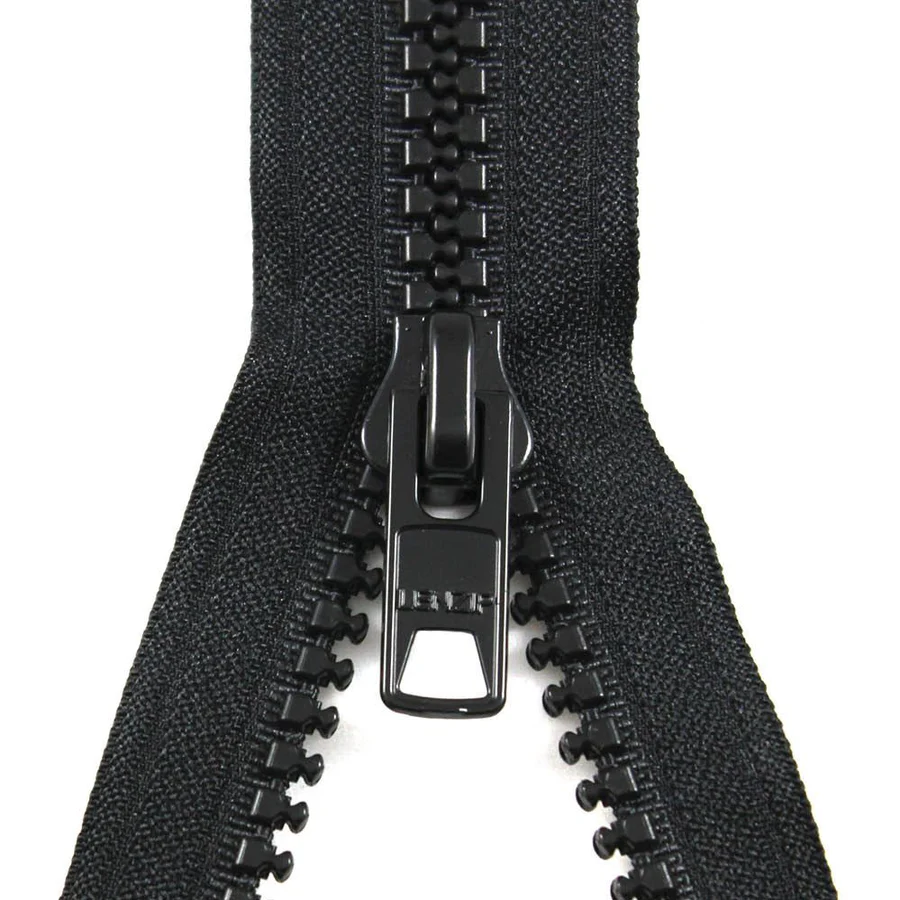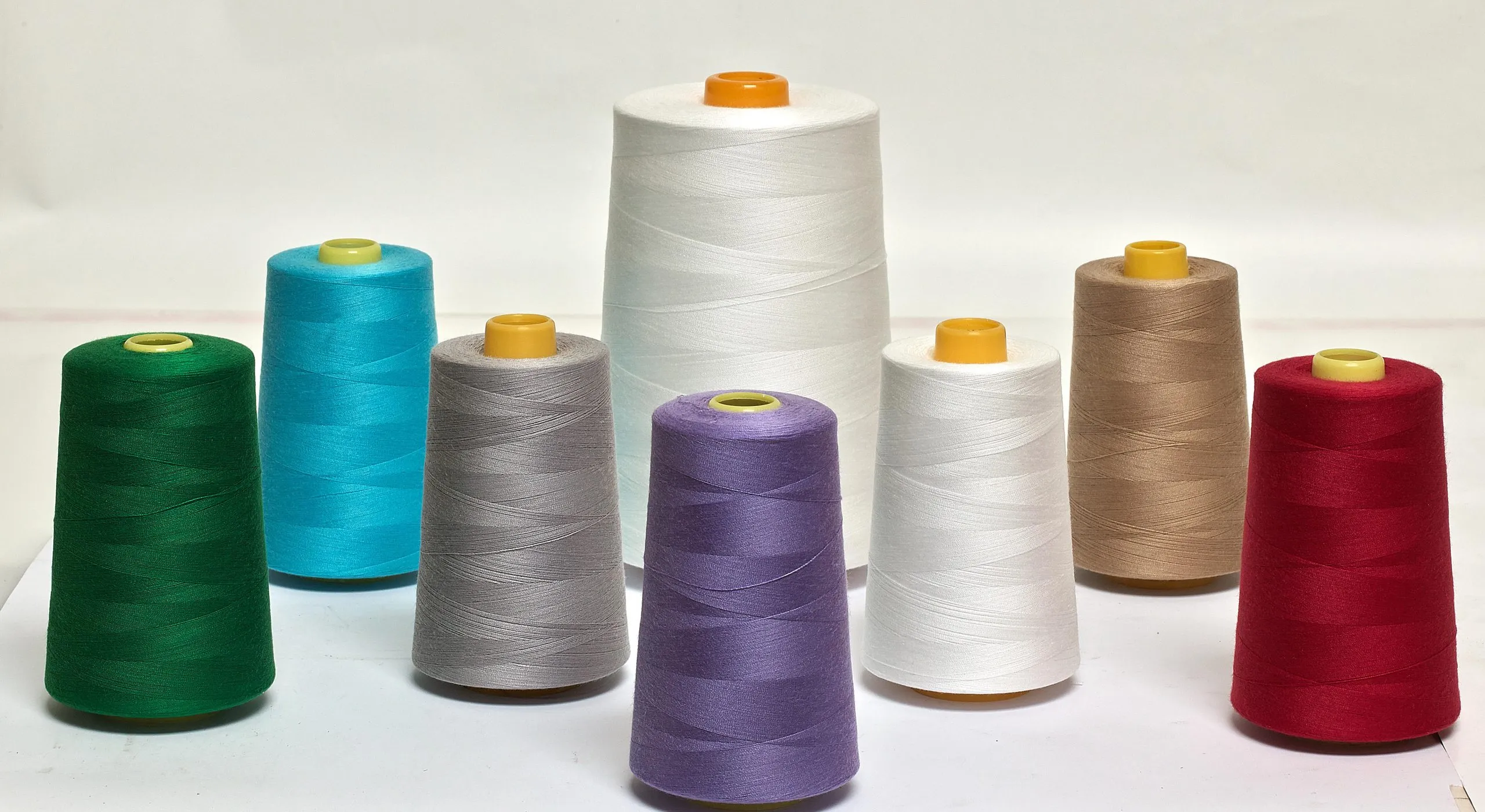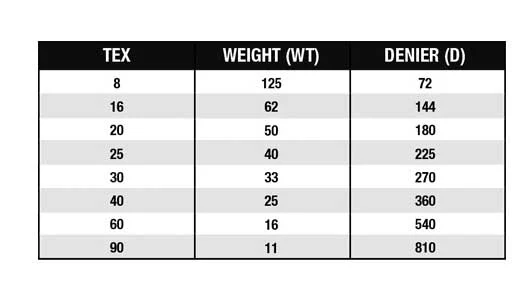
Zippers are more than just fasteners they play a big role in how a garment feels, functions, and looks. Among the many kinds, nylon and metal zippers are two of the most common types used in clothing and accessories. While they serve the same purpose, they differ greatly in structure, durability, flexibility, and style. Understanding these differences helps designers, tailors, and buyers choose the right zipper for each product.
About Nylon Zipper and Metal Zipper
Nylon Zipper
Construction and Features
Nylon (coil) zippers are made by sewing a continuous nylon filament into the tape, producing soft, flexible teeth commonly sized #3, #5 and #8. You’ll find closed-end, open-end and two-way options, plus water-resistant PU-coated and reverse-coil variants for a cleaner finish. They’re lightweight, dyeable to match your fabric, and offer excellent flexibility and corrosion resistance; however, they can be less abrasion-resistant than metal, so choose heavier coils for high-wear uses.

Typical Applications
Nylon coils are ideal for jackets, dresses, activewear, children’s clothing, backpacks and tents where weight and seam conformity matter. You’ll typically use #3 for lightweight garments, #5 for midweight outerwear and #8 for bags or heavier sportswear. Brands making performance gear often specify coil zippers for their combination of smooth operation and color-matching ability, especially when exposure to moisture or salt is a concern due to their superior corrosion resistance.

For more specific choices, you can select reverse-coil nylon for a low-profile aesthetic on fashion pieces or PU-laminated, water-resistant coils for marine and outdoor gear; sailmakers and technical pack manufacturers frequently specify #8 PU-coated coils for durability and water shedding. Also note that continuous coil production (sold in long lengths) lets you cut to custom sizes on the production line, which speeds assembly and reduces waste for your runs.
Metal Zipper:
Construction and Features
Made from individual metal teeth—typically brass, nickel-plated brass, or aluminum—pressed or cast onto a woven tape, metal zippers come in sizes #3, #5, #8 and #10. You’ll get high tensile strength and a bold, visible finish; reinforced sliders and stops support separating and non-separating styles. At the same time, metal teeth can snag delicate fabrics and often need plating to improve corrosion resistance in coastal or high-humidity uses.

Typical Applications
You’ll find metal zippers on jeans (commonly #5), leather motorcycle jackets (#8–#10), heavy boots, canvas workwear, and statement bags where both strength and visual impact matter. Designers pick metal when the zipper is an exposed detail—teeth become a stylistic element as well as a functional one. In these uses metal delivers lasting performance under frequent stress.

In denim production, manufacturers often specify brass #5 zippers for authenticity and better corrosion resistance, whereas premium motorcycle jackets use cast #10 teeth for wind sealing and durability. You can also see metal zippers as decorative hardware on handbags with plated finishes (antique brass, gunmetal) matched to buckles. Standard tests—salt-spray exposure and 10,000-cycle open/close checks—help ensure the selected metal and finish meet your product’s longevity needs.
Nylon Zipper vs Metal Zipper Comparison: performance and spec differences
You can compare key traits quickly to pick the right zipper: look at weight, abrasion resistance, corrosion behavior, smoothness, and visual impact. Common sizes include #3 (light), #5 (mid), #8/#10 (heavy), with metal often used in #5–#8 for denim and nylon coils in #3–#5 for activewear. Use the table below for a concise side-by-side view before reading the deeper notes on durability and flexibility.
| Criterion | Nylon (coil) zipper | Metal zipper |
|---|---|---|
| Strength and load capacity | Better at repeated bending/flexing; the article states nylon coil teeth can bend 3-5 times more before failing compared to typical stamped brass teeth in repeated flex tests. | Better raw strength under point loads and shear (i.e., when heavy fabric loads or heavy use). |
| Weight & flexibility | Much lighter (the article cites 30–60% less weight for equivalent size) and the tape/coil lay more flat and bend easily. | Heavier; the rigidity provides structure, which might be desirable in certain styles (e.g., jackets) but less so in lightweight garments. |
| Corrosion/environmental resistance | Nylon resists salt, moisture and doesn’t rust. | Metal zippers can corrode unless they use corrosion-resistant finishes (brass is better; nickel or steel must be plated). In salty/coastal environments this is a real consideration. |
| Appearance & design options | More versatile for fashion: the tape can be dyed/printed to match garments; the coil can be hidden if a ‘clean’ look is preferred. | More visible teeth, more pronounced look, can be used as a design statement or for rugged/aesthetic effect. |
| Cost & production factors | Generally lower cost in high-volume because tooling for coil and extrusion is efficient. | Higher cost because of stamping, plating, finishing of metal teeth. But the higher cost can also add perceived value to the end product. |
Typical applications
Each type has its best use. Nylon zippers work well in sportswear, children’s clothing, lightweight jackets, and bags, where comfort and flexibility matter. Metal zippers fit better in jeans, leather jackets, boots, and fashion accessories where strength and visual appeal are key. For marine or outdoor use, nylon’s corrosion resistance makes it the better option, while brass metal zippers can work if a stylish look is preferred.
- Nylon coil zippers: Ideal for lightweight garments (running jackets, children’s wear, dresses, light bags, backpacks), particularly where flexibility, low weight and colour matching matter.
- Metal zippers: Favoured in heavier garments, leather goods, premium jackets, denim items, boots, bags where the zipper is part of the style/visible hardware and must withstand heavier fabrics or abrasion.
- Outdoor/marine: Nylon coil zippers shine where moisture/salt is a factor. Metal zippers can be used if a corrosion-resistant metal (e.g., brass) is chosen
Functionality in Different Environments
You’ll find nylon zippers perform better in wet, salty, or highly flexible applications because the coil resists corrosion and flex fatigue, while metal zippers excel where abrasion and tensile strength matter, like workwear and denim. For coastal or marine garments you should favor nylon; for leather jackets or heavy bags you’ll often choose brass or plated metal for the look and long-term strength.
- Marine use: nylon preferred for salt resistance
- Cold climates: nylon maintains flexibility at lower temperatures
- Heavy-duty: metal handles repeated high loads better
- After testing in coastal garments, you should prefer nylon for prolonged salt exposure.
Wear and Tear Factors
You need to watch three main failure modes: slider wear (causing misalignment), tooth deformation from heavy loads, and tape fraying at stitch lines. Nylon coils resist rust but can abrade under sharp edges; metal teeth resist shear but will corrode or scratch if unprotected. Inspect high-stress areas regularly to extend your zipper’s service life.
- Slider wear: most common point of failure
- Tooth deformation: occurs under repeated high tension
- Tape fraying: sewing stress and abrasion cause failures
- After routine inspection, replace sliders or stop using garments with bent teeth to avoid sudden breakdowns.
Digging deeper, you should note maintenance and usage patterns strongly affect longevity: lubricate sliders with silicone or graphite for smoother action, avoid chlorine bleach that weakens tape fibers, and prevent repeated edge abrasion by reinforcing seams. In a production test you might run 5,000 cycles on a nylon coil to check flex endurance or subject metal teeth to tensile pull tests to verify closure under load; use these test results to match zipper type to garment lifespan expectations.
- Maintenance: lubrication and avoiding harsh chemicals lengthen life
- Testing: cycle and tensile tests guide selection for intended use
- Usage patterns: frequent on/off cycles accelerate slider wear
- After inspecting and testing samples under real-use conditions, you can choose the zipper that meets your durability targets.
Summing up / Final Words
Following this, you can choose between nylon and metal zippers based on function and style: nylon offers lightweight flexibility, smooth operation, and corrosion resistance for activewear and outdoor gear, while metal delivers strength, a premium look, and durability for denim and leather; at Mekong Garment Vietnam, align your selection with the garment’s purpose, weight, and aesthetic to ensure performance and lasting appearance.
FAQs About Difference Between Nylon and Metal Zipper
What are the main structural differences between nylon and metal zippers?
Nylon (coil) zippers use a continuous nylon filament sewn onto the tape to form flexible teeth; the coil is lightweight and bends with fabric. Metal zippers have individual teeth (brass, nickel, aluminum, etc.) pressed or clamped onto the tape, producing rigid, visible teeth and a firmer closure.
Which type is more durable and why?
Metal zippers are generally stronger under heavy load and abrasion because of solid metal teeth, making them better for heavy-duty garments. Nylon zippers resist repeated bending and flexing without breaking and are less prone to rust, so they often outlast metal zippers in flexible, high-motion applications.
How do nylon and metal zippers compare in flexibility, weight, and feel?
Nylon zippers are lightweight, highly flexible, and operate smoothly — ideal where comfort and fabric drape matter. Metal zippers are heavier and stiffer, providing a tactile, substantial feel and a more defined closure line that can affect how the garment hangs.
What are the best applications for each type?
Nylon zippers suit sportswear, lightweight jackets, dresses, backpacks, children’s clothing, and marine/outdoor gear where low weight, flexibility, and corrosion resistance are priorities. Metal zippers are preferred for jeans, leather jackets, boots, heavy coats, and fashion items where strength and a visible, premium or rugged aesthetic are desired.
How do they perform outdoors or in corrosive environments?
Nylon zippers are inherently corrosion-resistant and better for wet or salty environments. Metal zippers can corrode unless made from corrosion-resistant alloys (brass, stainless) or given protective plating; brass holds up well and is often chosen when a metallic look is required outdoors.
How do appearance and customization options differ?
Metal zippers offer shiny, textured, or plated finishes and read as a design feature; they can be aged, polished, or plated for varied looks. Nylon zippers are low-profile and can be dyed to match fabric precisely, come in many tape colors, and can use specialized sliders and molded pulls for subtle customization.


